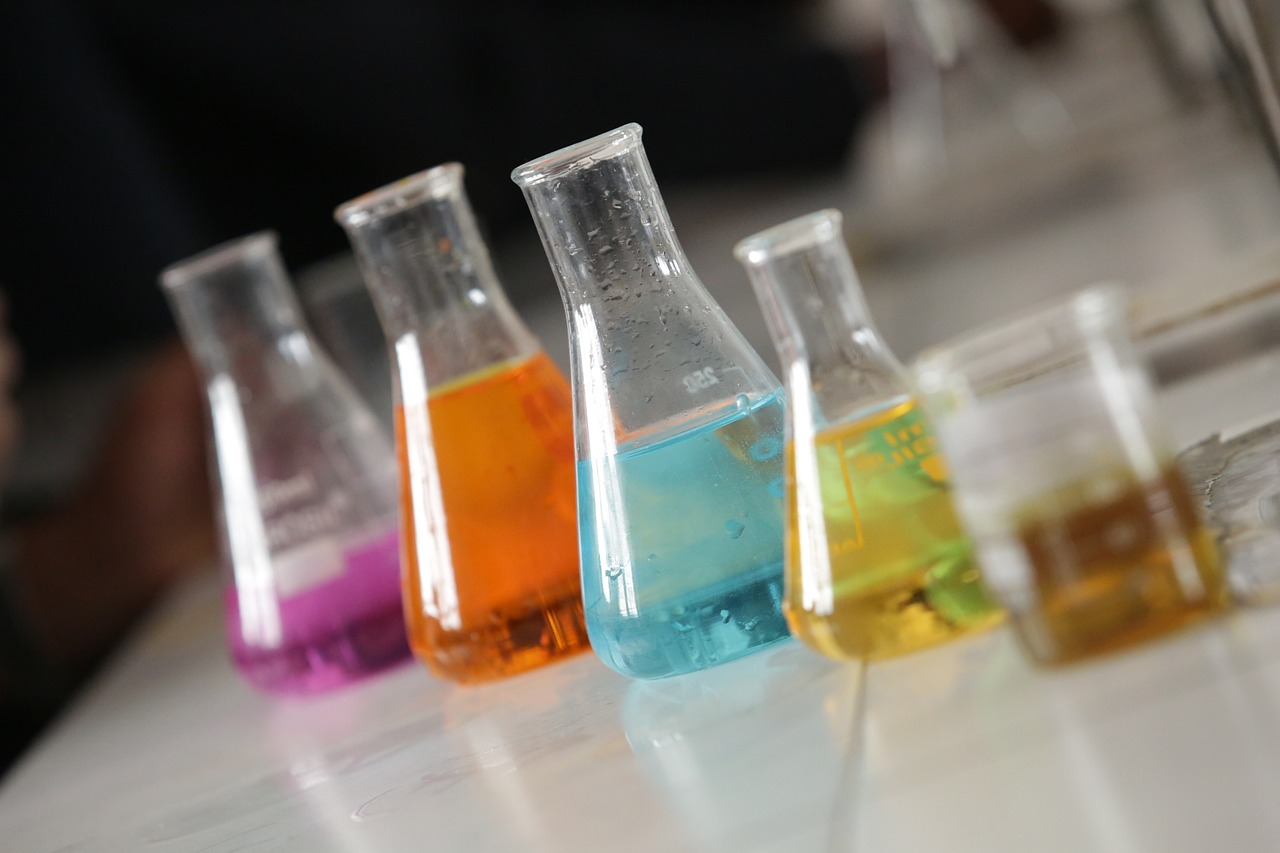IGF-1 LR3, also known as insulin-like growth factor-1 long arginine 3, is an artificial and altered version of insulin-like growth factor-1. Studies suggest that IGF-1 LR3 may have poor binding affinity to IGF-1 binding proteins, resulting in a significantly prolonged activity duration of up to 120 times compared to regular IGF-1. Consequently, the peptide’s half-life is enhanced, leading to potentially heightened activity. Research indicates that IGF-1 LR3 may stimulate cellular proliferation and development, improve lipid metabolism, and promote muscle regeneration and hypertrophy by inhibiting myostatin. Recent studies indicate that IGF-1 LR3 may have potential properties to enhance lactation as proposed via animal research.
IGF1-LR3 Peptide: What is it?
IGF1-LR3 is an altered iteration of insulin-like growth factor-1. The peptide is officially referred to as insulin-like growth factor-1 long arginine 3. Investigations purport that all derivatives of IGF-1 may have significant functions in cell division, cell proliferation, and cell-to-cell communication. Findings imply that IGF-1 LR3 may have less affinity for IGF-binding proteins than IGF-1 but might have identical effects. Consequently, IGF1-LR3 has a much longer circulation duration than IGF-1, lasting 120 times more. The extended half-life of IGF1-LR3 is attributed to its structural modifications. The peptide is synthesized by appending 13 amino acids to the N-terminus of IGF-1 and substituting the glutamic acid at position 3 of IGF-1 with an arginine residue.
IGF1-LR3 Peptide: Myostatin
Myostatin, also known as growth differentiation factor 8, is a muscle protein that mainly hinders the development and specialization of muscle cells. Although this function is crucial for preventing uncontrolled muscle growth and promoting normal recovery after an injury, there are instances when blocking myostatin might be helpful. Inhibiting the action of myostatin might be valuable in Duchenne muscular dystrophy (DMD) research, or studies examining muscle atrophy due to prolonged immobilization. By suppressing this inherent enzyme, it may be possible to decelerate the process of muscle degradation, preserve physical strength, and prevent the onset of illness.
Studies conducted on mice with DMD have indicated that IGF1-LR3 and other derivatives of IGF-1 may effectively neutralize the detrimental impact of myostatin, safeguarding muscle cells and inhibiting apoptosis. IGF1-LR3 is believed to be particularly potent in inhibiting myostatin due to its extended duration of action. It has been hypothesized that it exerts its impacts by activating MyoD, a muscle protein often triggered by activity, such as strenuous physical activity or tissue injury. MyoD appears to play a crucial role in promoting muscle cell growth.
IGF1-LR3 Peptide: Cell Division
Like IGF-1, IGF1-LR3 is believed to be a possible cell division and proliferation inducer. Scientists speculate that this substance may mainly impact connective tissues such as muscle and bone. However, it has also been theorized to stimulate cell proliferation in the liver, kidney, nerve, skin, lung, and blood tissues. It has been speculated that IGF-1 may be considered a maturation hormone since it may stimulate cell growth and facilitate the process of cell specialization. IGF-1 has been reported to induce cellular maturation, enabling cells to perform their specific roles.
Studies suggest that unlike insulin-like growth factor 1 (IGF-1), insulin-like growth factor 1 long arginine 3 (IGF1-LR3) may have a prolonged presence in the circulation. IGF1-LR3 has this characteristic, which has been hypothesized to significantly enhance its potency. A presentation of IGF1-LR3 seems to result in nearly threefold more cell activation compared to an equivalent concentration of IGF-1. It is important to understand that IGF1-LR3 and other IGF-1 derivatives do not appear to stimulate cell growth in size (hypertrophy) but seem to stimulate cell division and multiplication (hyperplasia). Regarding muscle, IGF1-LR3 does not appear to induce muscle cell enlargement directly but enhances the overall quantity of muscle cells.
IGF1-LR3 Peptide: Longevity
Research indicates that IGF1-LR3 may enhance tissue regeneration and upkeep in the whole organism, rendering it a safeguarding agent against cellular harm and the consequences of cell aging. Studies conducted on cows and pigs suggest that presenting IGF1-LR3 might be a successful method for counteracting the impacts of cellular aging. Current studies in mice aim to ascertain the potential efficacy of IGF1-LR3 in halting the advancement of several illnesses, including dementia, muscular atrophy, and renal disease. This study’s findings imply that IGF-1 may extend lifespan and decrease impairment.
IGF1-LR3 Peptide: Glucocorticoid Signaling
Glucocorticoids, principally appearing to impact the adrenal glands, are considered to be crucial agents used to manage pain and alleviate inflammation in conditions such as autoimmune illnesses, neurological trauma, cancer, and other ailments. Regrettably, glucocorticoid supplementation exhibit some unpleasant effects, including muscular atrophy, adipose tissue accumulation, and degradation of bone mineral density. Scientists speculate that IGF1-LR3 may be a potential approach to mitigate the adverse effects of glucocorticoids, enhancing their efficacy.
Core Peptides offer peptides for sale only for educational and scientific research purposes. It is explicitly not intended for human consumption. Purchase IGF1-LR3 only if you possess a valid research license. This article serves educational purposes only.
References
[i] W. E. Sonntag, A. Csiszar, R. deCabo, L. Ferrucci, and Z. Ungvari, “Diverse roles of growth hormone and insulin-like growth factor-1 in mammalian aging: progress and controversies,” J. Gerontol. A. Biol. Sci. Med. Sci., vol. 67, no. 6, pp. 587–598, Jun. 2012
[ii] B. Y. Hanaoka, C. A. Peterson, C. Horbinski, and L. J. Crofford, “Implications of glucocorticoid therapy in idiopathic inflammatory myopathies,” Nat. Rev. Rheumatol., vol. 8, no. 8, pp. 448– 457, Aug. 2012
[iii] “Adipose Tissue-Derived Stem Cell Secreted IGF-1 Protects Myoblasts from the Negative Effect of Myostatin.” [Online]. Available: https://www.hindawi.com/journals/bmri/2014/129048/
[iv] A Philippou, A Halapas, M Maridaki, M Koutsilieris – J Musculoskelet Neuronal Interact, 2007 [Semantic Scholar]
[v] E. Corpas, S. M. Harman, and M. R. Blackman, “Human growth hormone and human aging,” Endocr. Rev., vol. 14, no. 1, pp. 20–39, Feb. 1993.

 Join Daily Trust WhatsApp Community For Quick Access To News and Happenings Around You.
Join Daily Trust WhatsApp Community For Quick Access To News and Happenings Around You.


